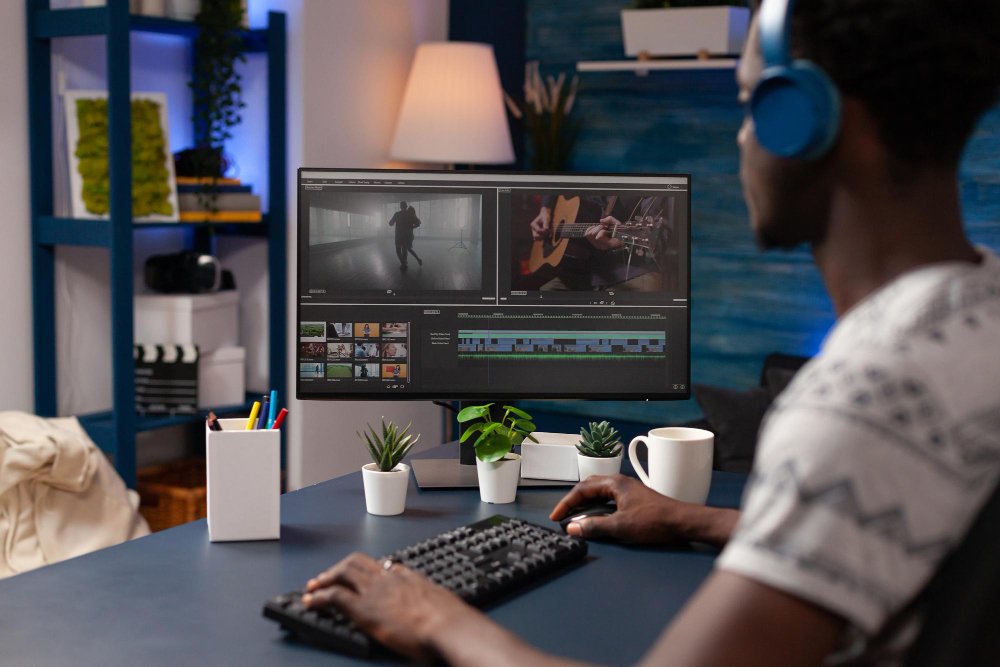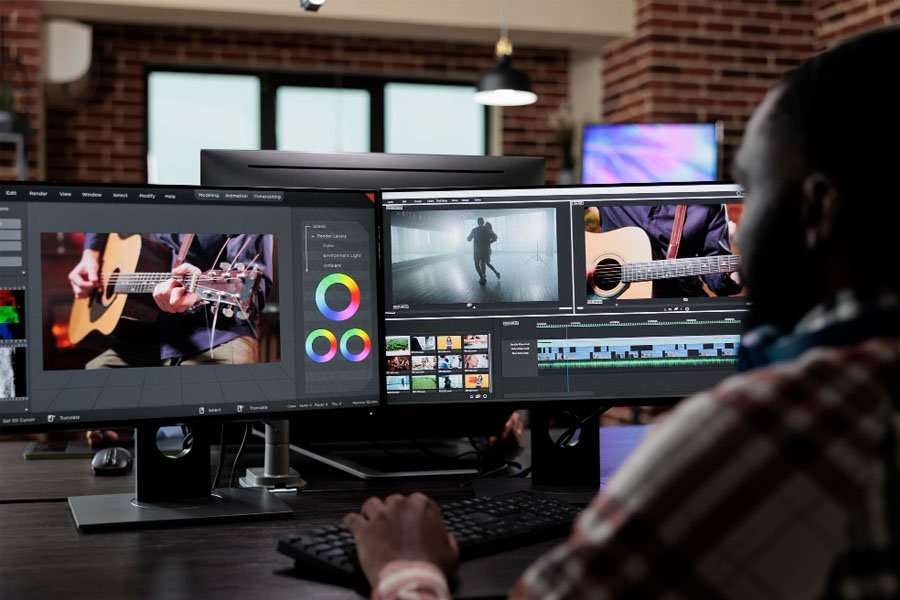Master video editing; a roadmap.
The world of video editing is both thrilling and daunting. With the rise of online platforms, the demand for high-quality video content has soared.
If you’ve been contemplating delving into video editing, you’re in luck! This guide will walk you through the video editing roadmap, introduce the stages of editing, elucidate the 3-2-1 rule, and more.
How to Learn the Video Editing Roadmap?
Video editing, like any other craft, demands a systematic approach. Start by understanding the entire process, from raw footage to a polished video.
One useful resource for beginners is the introduction to video editing by YouTube Studio. It offers insightful tutorials that can help you grasp the basics.

The 5 Stages of Video Editing:
- Log and Transfer: Begin by transferring your footage from the camera to your editing software. Organize and label clips for easier access.
- Rough Cut: This is the phase where you start assembling your clips in a sequence. It’s the foundation of your final video, though it may lack precision at this stage.
- Final Cut: Refine your sequence. Adjust the pacing, insert transitions, and ensure that the video flows smoothly.
- Effects and Graphics: Incorporate visual effects, animations, and graphics. Enhance the overall look of your video, making it more engaging.
- Sound Mixing and Color Correction: The final touches! Balance audio levels, remove any unwanted noise, and adjust the video’s color to give it a professional touch.
What is the 3-2-1 Rule of Video Editing?
The 3-2-1 rule is essentially a guideline for backing up your video projects:
- 3 copies of everything.
- 2 of which are local, but on different mediums (e.g., separate external drives).
- 1 copy offsite to protect against unforeseen disasters like fires or floods.
Step-by-Step Video Editing:
- Gather Your Materials: Assemble all your footage, audio clips, graphics, and any other resources.
- Select Your Software: Choose from popular video editing software like Adobe Premiere Pro, Final Cut Pro, or DaVinci Resolve.
- Import and Organize: Load your footage into the software, creating bins or folders for organization.
- Begin with a Rough Edit: Assemble your clips in a basic sequence.
- Refine Your Edit: Trim, rearrange, and polish.
- Add Effects, Graphics, and Transitions: Enhance visual appeal.
- Work on Sound and Color: Balance audio levels and perfect the video’s color.
- Export: Once satisfied, export your video in the desired format.

For those eager to dive deeper, YouTube is brimming with exceptional tutorials on video editing. Moreover, for a more structured learning experience, Udemy offers courses tailored to different expertise levels. A highly recommended one is Adobe Premiere Pro Video Editing.
Most Used Video Editing Software:
- Adobe Premiere Pro
- Final Cut Pro
- DaVinci Resolve
- Avid Media Composer
In conclusion, video editing is an art and skill that, when mastered, can transform ordinary footage into cinematic masterpieces. The journey might seem overwhelming initially, but with persistence, practice, and the right resources, you’re sure to excel.






